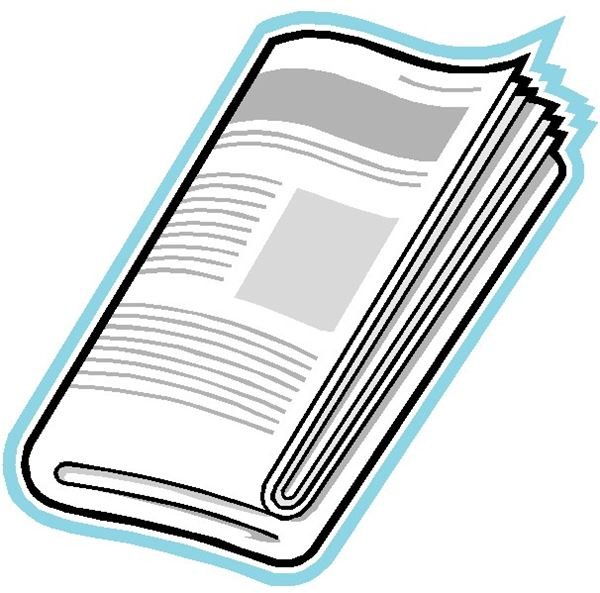Media Literacy Lesson Plan and Activity for High School
Twenty-four hour news stations, blogs, e-zines, newspapers, movies and electronic tickers; information about our world is literally everywhere. BlackBerries and loaded cell phones have even put the world in our pockets. Kids today grow up flowing in this ever-expanding, live information stream. But has it made them more informed, or just more jaded? How can we keep them from drowning in it?
Teaching Awareness
This is where teaching media literacy comes in. While it has many definitions, media literacy can best be understood by experiencing what it allows students to do; a media literacy curriculum enables students to choose where they get their information and how they interpret it. But it goes beyond that.
Media literacy provides the tools necessary to recognize that the choices of “where” and “how” are being made, often subconsciously. This awareness can help the student develop from a passive receptacle to an active assimilator who disassembles the packaged message and examines its contents and designer. For example: Who produced the movie or news program? Is the producer a person or corporation? Who or what owns the rights, and who are they trying to reach? Are all sides presented in the same light, and are any facts omitted?
The Approach
This article offers basic introductory material for use with ninth to 12th graders. The first lesson involves students looking at their media consumption and learning to understand it better. It is an introduction to media literacy intended to familiarize students with the definition of media literacy and why it is important. Students will examine the front pages of three different types of newspapers:a weekly town/community paper, a daily local newspaper and a daily national newspaper.
The teacher should guide the class through a discussion of what the lead stories are and who their target audience is. Three different students will locate the publishing information for one of the papers and share it with the class. A homework assignment to research background information regarding the publishers will be given.
Secondly, a week-long assignment aimed at increasing students’ understanding of media literacy and the extent and influence of media in their lives will be assigtned. This involves the students tracking their own media habits by charting their television viewing, reading materials and Internet habits. Information gathered will be used in a follow-up assignment.
A Lesson Plan for Grades 9-12
Brief Overview of This Unit: This lesson aims to help students become savvy, critical users of all types of media.
Focus: This lesson is intended to familiarize the students with the definition of media literacy and why it is important.
Key Facts, Concepts and Vocabulary Words: media literacy, media, rhetoric, perspective, publisher, target audience.
Performance Objective: Students will be familiar with the idea of media literacy and the extent and influence of media in their lives.
Motivating Device: Copies of three different newspapers front pages (one national, one local and one community newspaper).
- Ask students what the main story is for each paper.
- Ask what group of people they believe the stories are directed towards.
- Use as segue to new terms (Media literacy, target audience, etc.).
- Pick three students and give them each one of the newspapers. Ask the three students to find the publisher information and share it, and discuss where it can be found with the class.
- Divide the class into three groups and assign each a publisher to research for homework. Each student writes two to three paragraphs on their assigned publisher and reference their sources.
- Explain weeklong assignment.
- Total Time: 45 min
Materials Needed for this lesson: Copies of the three newspapers; Photocopies of front pages to handout.
Homework Assignments and their purpose:
- Chart: So students can get used to thinking about the various types of media that affect their lives and become aware of their own consumption.
- Written assignment: Writing practice and to familiarize the teacher with students’ source choices.
Teaching Materials
Weeklong Assignment:
What is My Media Consumption?
Directions: For one week, use the provided chart and keep track of shows, movies, ads, articles, news stories, anything in the media that you pay attention to regularly, and media items that happen to grab your attention.
Follow-Up Assignment
For purposes of this assignment, a medium product is defined as a specific television show, magazine, e-zine, newspaper, movie, bulletin-board, pop-up ad, blog or documentary.
Based on their media consumption chart, students choose one specific medium product and write a three to five page paper that answers the following questions:
Who or what produces and finances this particular show, movie, e-zine, news program, etc.?
Is there a moral, social or political point of view associated with your choice of medium product? If so, what is it, and how is it delivered through your choice?
Do you think there is a relationship between who finances your medium product and the point of view it represents?
References
- Author’s Own Experience
- Newspaper Clip Art from Microsoft Word, 2007.
